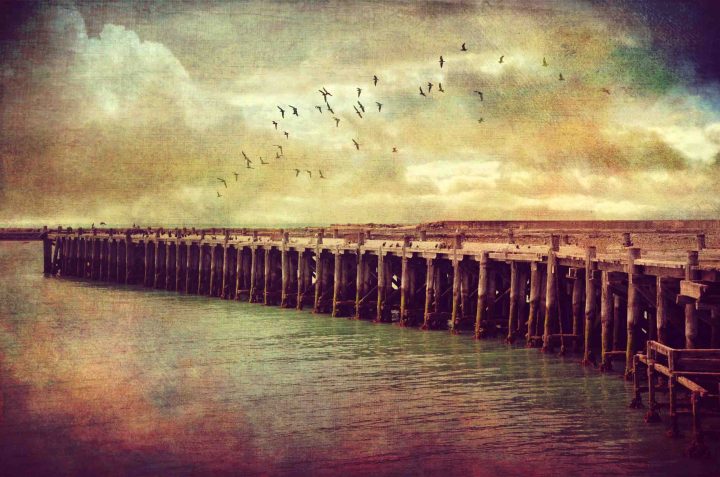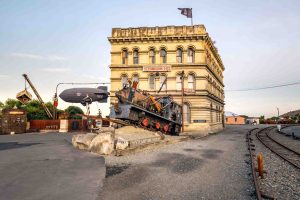
Oamaru, from then to now
Oamaru’s history is a fascinating tale of pioneering spirit, prosperity, and preservation.

Situated in the idyllic coastal region of North Otago, the town’s story begins in the mid-19th century during the New Zealand gold rush era.
In 1853, the discovery of gold along the Waitaki River sparked a flurry of activity, attracting a wave of prospectors and settlers to the area. Oamaru quickly emerged as a thriving port town, serving as a gateway for gold miners heading inland.
The influx of people led to the establishment of businesses, banks, and infrastructure, laying the foundation for Oamaru’s growth.
As the gold rush subsided, Oamaru experienced a period of transformation. The region’s rich limestone deposits became a valuable resource, fuelling a construction boom. The town’s grand Victorian buildings, constructed
with distinctive creamy-white Oamaru stone, began to shape its architectural landscape.
The prosperity of Oamaru reached its peak in the late 19th century when the town became the commercial centre of North Otago. Shipping and exporting goods, particularly wool and grain, played a vital role in the town’s economic success. Oamaru’s port thrived as ships arrived to load goods, and the town bustled with
trade and commerce.
During this period, Oamaru’s grandeur was reflected in its remarkable Victorian precinct. The meticulous craftsmanship and intricate detailing of the buildings showcased the wealth and ambition of the time.
Notable structures such as the Oamaru Opera House, and the Bank of New South Wales (now Forrester Gallery) still stand as testaments to the town’s rich heritage.
As the 20th century progressed, Oamaru’s fortunes waned. The decline of coastal shipping, combined with the shift of trade to larger centres, posed challenges for the town’s economy. The once-thriving port lost its necessity, and the town faced a period of stagnation.
Yet, the story of Oamaru took an intriguing turn in recent decades.
In the 1990s, a group of dedicated locals recognised the unique heritage value of the town’s Victorian architecture. They initiated a revitalisation project, focusing on restoration and preservation, with the aim of rejuvenating its historical charm.
This endeavour gained momentum, and Oamaru began to embrace its architectural heritage and cultural assets. The town’s transformation was further enhanced by the emergence of the steampunk movement.
Oamaru has become a hub for artists and enthusiasts who have blended Victorian aesthetics with futuristic elements, giving birth to the world-famous Steampunk NZ Festival.



